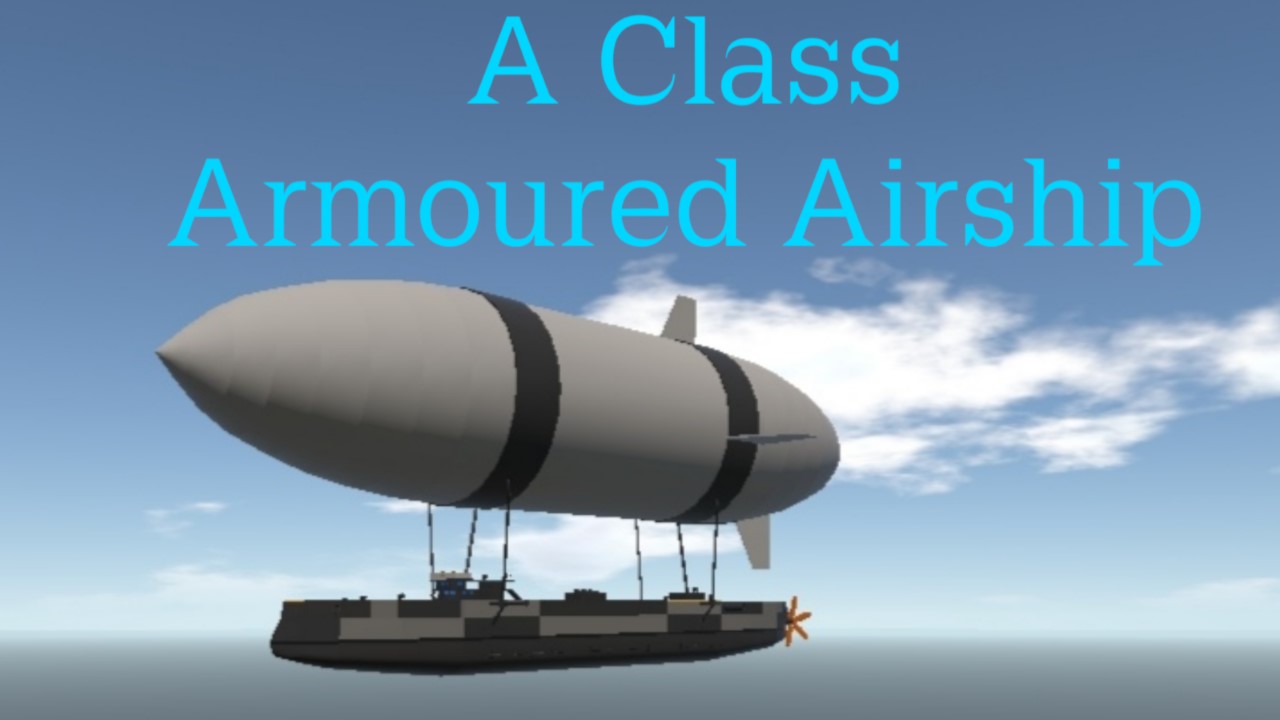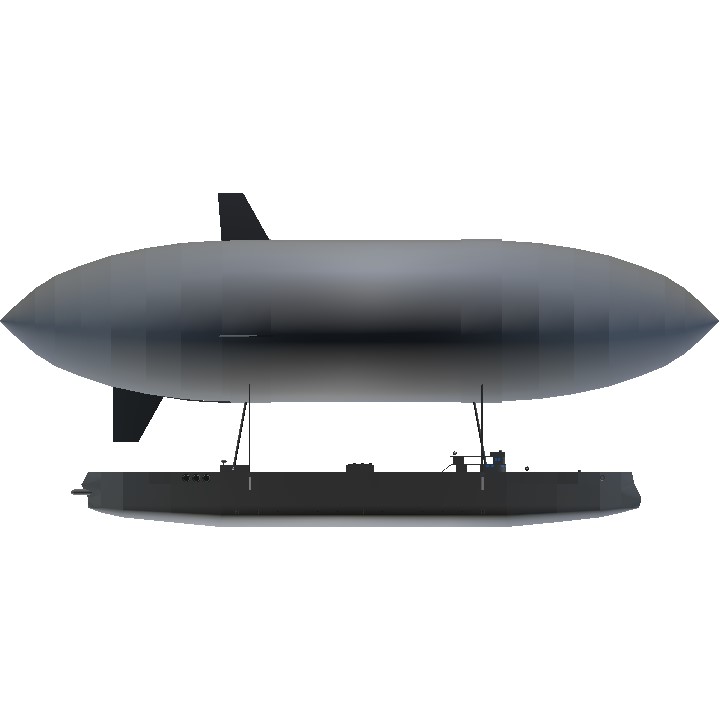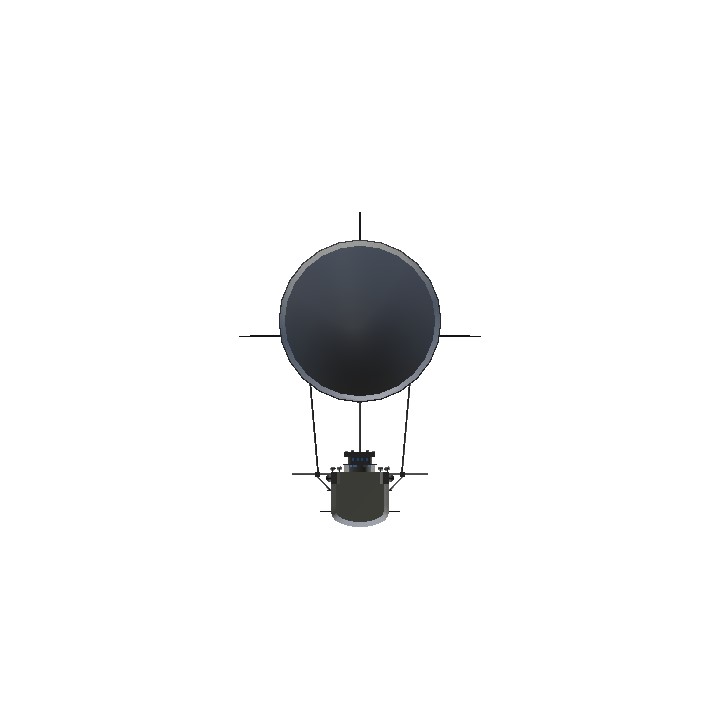The A class is a class of 6 Armoured airships built and developed by the Etaireía Ptíseon for the Imperial Southern Army in 1825. The arrival of A class revolutionized the aerial warfare on the west and opened the period known as the Dawn of Armoured Airships.
Class overview
Operators: Imperial Southern Army, Imperial Southern Army Air Force
Preceded by: none
Succeeded by: B class
Built: 1823 - 1830
In commission: 1825 - 1853
Completed: 6
Lost: 3
Retired: 3
Scrapped: 3
General characteristics
Type: Armoured airships
Displacement: 3,000 tons
Length: 142 meters (overall)
Width: 14.2 meters (Vessel), 52.8 meters (overall)
Installed power: 6x Water-tube boilers, no less than 15,000 shp
Propulsion: 1x Screw, 1x Triple-expansion steam engine
Maximum speed: 63 mph
Cruise speed: 55 mph
Armament:
22x 6 inch Mk1 guns
4x Machine guns (weapon present, not the design)
Armor:
Deck: 1.5 inches
Hull: 3.5 inches
All A class were transferred to the newly formed Imperial Southern Army Air Force in 1836, and all new future armoured airships were to be commissioned in the same branch. All A class saw actions in 2nd War of Coalitions in 1827 and the The Great War of Coalitions in 1842. 3 were lost in action and 2 survived the war and was scrapped two years later.
Development
With the disastrous failure of South Grim in the 1st War of Coalitions, The Emperor ordered a new way of leveling battlespace in every aspect. The Etaireía Ptíseon, a company that build and manufactures airships, were experimenting on possible "armoured airships" which they envisioned to be able to sustain air supremacy in a battlefield. The Ypourgeío Aftokratorikoú Stratoú funded Etaireía Ptíseon to produce vessels which they thought that can really help their new envisioned warfare. A prototype was built upon a reverse engineered Hoffnorden-class light cruiser which is lighter and has lesser armor to compliment the intended weight for the Airship. The first prototype crashed after the first test but was able to be salvaged and used again for testing which later failed again. The first prototype crashed 8 times during testing and experimenting and the hull was later deemed unusable and later on was scrapped. A 2nd Hull was built and seen to be more successful after 5 tests. Later on, the 2nd Hull was finally commissioned in 1825 and was named Petóntas Eléfantas.
Images





Controls
- Standard ship controls
- Trim for cannon controls
- VTOL to elevate
- Press the corresponding Ags to activate vessel features
- Ag1: Starboard cannons
- Ag2: Portside cannons
- Ag7: Lights
Method of Operation
Read this because it's important
- VTOL is used for elevating and doesn't need any caution. You can maximize it for faster elevation.
- It is not advisable to Fully use the throttle while VTOL is also in full motion.
- Keep your VTOL to first bar or lower and your Throttle to full in order to move forwards.
- If you wanna go lower, Keep your VTOL in 10% and your Throttle to 15%.
Specifications
General Characteristics
- Successors 2 airplane(s)
- Created On Android
- Wingspan 173.4ft (52.8m)
- Length 469.2ft (143.0m)
- Height 217.6ft (66.3m)
- Empty Weight N/A
- Loaded Weight 73,570lbs (33,371kg)
Performance
- Power/Weight Ratio 3.818
- Horse Power/Weight Ratio 0.013
- Wing Loading 21.0lbs/ft2 (102.4kg/m2)
- Wing Area 3,507.0ft2 (325.8m2)
- Drag Points 258354
Parts
- Number of Parts 301
- Control Surfaces 4
- Performance Cost 1,655





ima be real your pfp is ever uhhhh.......interesting
please make more this thing is a masterpiece
This thing is awesome!